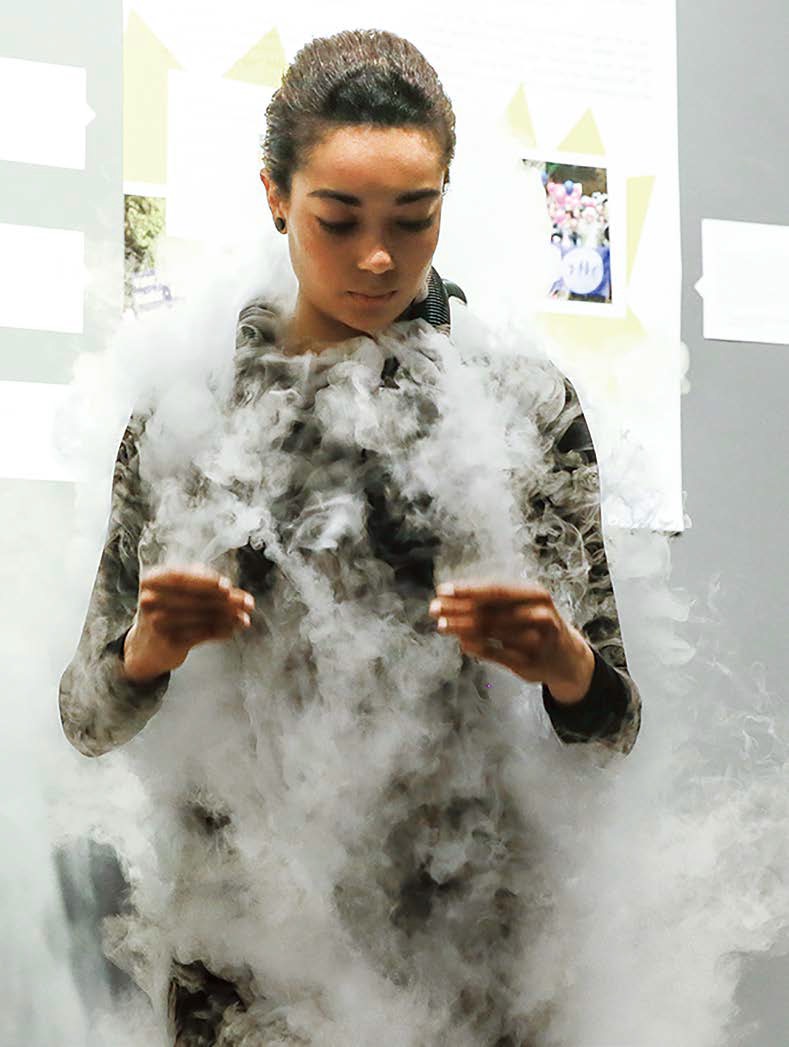Gender, Violence and Agency
Abstract
This essay focuses on one of the numerous aspects in design that illustrates the necessity of including gender. It discusses gender identities between subjection and agency within the broad realm of matters, textiles, and fashion. The article exemplarily wanders through various forms of social oppression and exploitation of women in history as well as today, but also offers perspectives of resilience and resistance. Although totally different from each other, they have one phenomenon in common: it is both the body and the material that matters. In the end, the possibility of transforming the social making of objectified and subjectified bodies into fluid identities is discussed.
How to Cite
Published
Issue
Section
License
Copyright (c) 2020 Uta Brandes

This work is licensed under a Creative Commons Attribution 4.0 International License.
References
Aristotle. De Partibus Animalium I and De Generatione Animalium I (With Passages from II.1-3). Translated by D. M. Balme. 2nd ed. Clarendon Aristotle series. Oxford: Clarendon Press, 1992.
Bal, Mieke. ‘Telling Objects: A Narrative Perspective on Collecting.’ In A Mieke Bal Reader. Chicago/London: The University of Chicago Press, 2006. 269-271.
Bourke, Joanna. ‘A Taste for Torture?’ The Guardian, September 13, 2006. Accessed January 20, 2019. https://www.theguardian.com/artanddesign/2006/sep/13/photography.pressandpublishing
Bringhurst, Robert. The Elements of Typographic Style. Vancouver; Dublin: Hartley and Marks, 2004.
Butler, Judith. "Bodies That Matter". On the discursive limits of sex. 2nd ed. London/New York: Routledge, 2011. DOI: https://doi.org/10.4324/9780203828274
Falke, Jacob. Die Kunst im Hause, geschichtliche und kritischästhetische Studien über die Ausstattung der Wohnung, 4th ed. Vienna: C. Gerold’s Sohn, 1882.
Fury, Alexander. “Domestic Violence in Vogue? Franca Sozzani takes a stand on fashion’s glossiest pages.” Independent, April 2, 2014. Accessed January 20, 2019. http://www.independent.co.uk/life-style/fashion/features/domestic-violence-in-vogue-franca-sozzani-takes-a-standon-fashions-glossiest-pages-9233954.html
Nierhaus, Irene. “Text + Textil. Zu geschlechtlichen Strukturierung von Material in Architektur und Innenräumen.” In Um-Ordnung. Edited by Cordula Bischoff and Christina Threuther. Marburg: Jonas Verlag, 1999. 84-94.
Didi-Huberman, Georges. “The Order of Material: Plasticities, Malaises, Survivals.” In Sculpture and Psychoanalysis. Edited by Brendon Taylor. Aldershot: Routledge, 2006. 195-212.
Mulvey, Laura. “Visual Pleasure and Narrative Cinema.” In Feminist Film Theory: A Reader. Edited by Sue Thornham. New York, NY: NYU Press, 1999. 58-69. DOI: https://doi.org/10.1515/9781474473224-009
Oxford English Dictionary. 3rd ed., s.v. “text.” Edited by A. Stevenson. Oxford: Oxford University Press, 2010.
Thomas, Diana M. E. Texts and Textiles. Affect, Synaesthesia and Metaphor in Fiction. Newcastle upon Tyne: Cambridge Scholars Publishing, 2016.
Vinken, Barbara. Angezogen. Das Geheimnis der Mode. Stuttgart: Klett Cotta, 2013.

